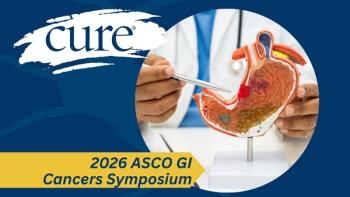
The evolving PARP inhibitor story
The story of PARP inhibitors for breast cancer continues to unfold following Monday's presentation at ASCO. There are a lot of teaching moments in this story regarding the PARP inhibitor iniparib. The initial dramatic results from the randomized phase 2 trial comparing chemo alone or combined with iniparib appropriately led to a more definitive trial. But there is a reason we define phase 2 trials as designed to give preliminary estimates of activity.If you flip a coin just 10 times, it will probably not land on "heads" exactly at the known and expected rate of 50%. As you get to 1000 times, you will start to get closer and closer to 50%. The same is true for larger trials – they get you closer to the "real truth." So what is the real truth about PARP inhibitors? We are far from there, but what we now know is that iniparib is actually a very weak PARP inhibitor, but it does damage tumor DNA, and it does have activity when added to chemotherapy.The larger study was not identical to the first study in that more patients were receiving first-line therapy (57%) and more of the patients who progressed on the chemotherapy-only arm crossed over to have iniparib added as allowed by the protocol (96%). This crossover might have obscured the effect of iniparib on survival, but should not have affected progression-free survival. In the end, the time to progression was longer by conventional statistics, but the statistical design of this trial was ambitious, looking for both progression-free and overall survival as primary endpoints. The necessary adjustments in the formula that defines a "significant" difference resulted in neither endpoint being significantly better with the addition of iniparib. In the subgroup of patients who had one or two prior chemotherapy regimens for advanced breast cancer, there were statistically significant differences in progression-free and overall survival. Even so, one of the audience members asked whether a two to three month difference is worthwhile.The story is far from over and iniparib might still be a useful drug and have a much greater impact in the right patients in the right situation. More analysis from this trial is needed – for example, tissue biomarkers might shed some light on the biological subtypes more likely to respond. This may also require more homework for scientists to more sharply define how the drug actually works. The next trial will probably focus on patients who have already progressed on one or more chemotherapy regimens for advanced breast cancer. This is representative of the trials and tribulations in the new era of cancer research – we are at that awkward phase where personalized medicine is expected but have not yet refined our tools.




